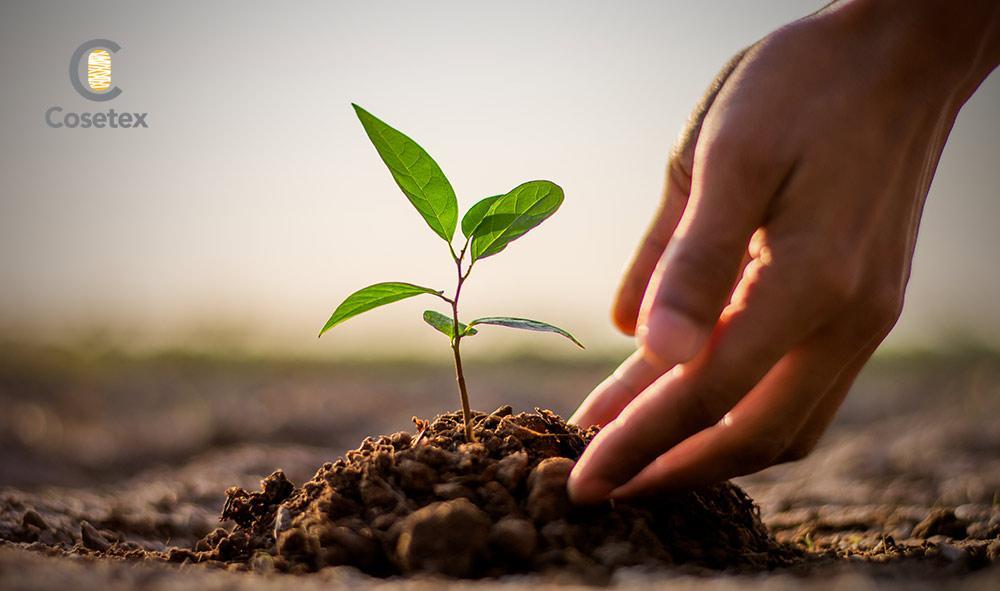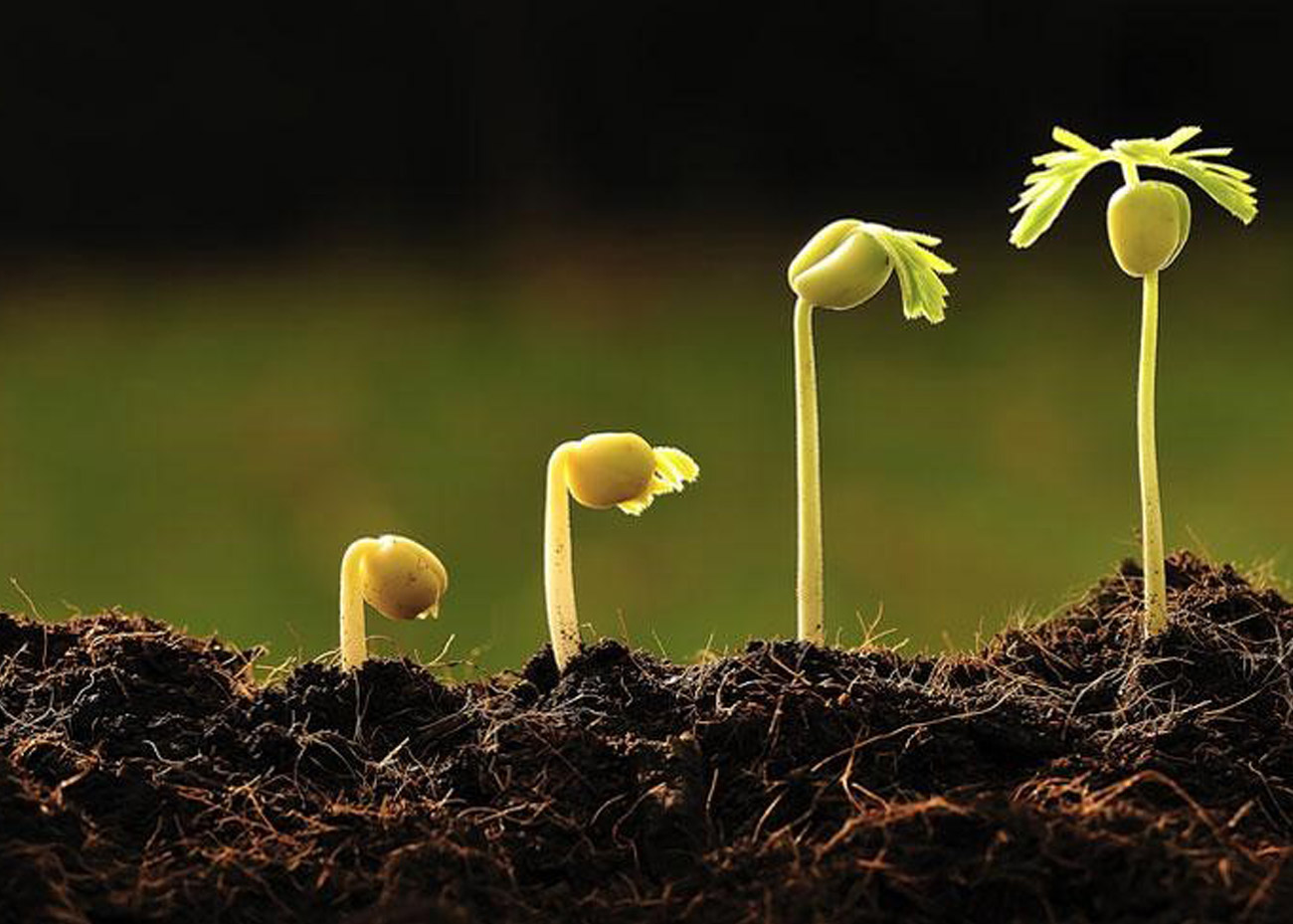Dry farming: The silk cocoon is an aid to agriculture in dry areas
Dry farming: The silk cocoon is an aid to agriculture in dry areas
How to make crops more sustainable
With the term Aridoculture we mean all the activities and precautions that man can use in order to intensify cultivation in the presence of areas characterized by minimum rainfall, arid or in any case difficult to cultivate and/or uncultivable.
The silk cocoon puts itself at the service of nature and agriculture, guaranteeing the perfect conditions for the sprouting of different seeds in soils that are defined as dry and irreplaceable, acting as protection and active nutriment.
 The silk cocoon, among its other peculiar features (thermoregulation, perspiration, heat), has been created to guarantee a place of protection and growth for a small moth during the transformation phase into a butterfly.
The silk cocoon, among its other peculiar features (thermoregulation, perspiration, heat), has been created to guarantee a place of protection and growth for a small moth during the transformation phase into a butterfly.
Starting from this assumption, some scholars have tried to analyse the eco-sustainable features of silk as a possible vital substrate, determined by natural proteins, able to guarantee and facilitate life
The sprout in hospitable soils: the data confirm it
Recent articles published in the journal of the American Academy of Sciences highlight data and experiments by researchers from the MIT (Massachusetts Institute of Technology) coordinated by the Italian bioengineer Benedetto Marelli who has always been fascinated by the characteristics of Silk.
Silk enriched with rhizobtteri, (good microbacteria that live in symbiosis with the roots) and trelose sugar, (nutrient used by some microorganisms in dry conditions), suspended in water, it forms a solution that creates a coating a few thousandths of a millimeter thick on seeds of different species that are deposited in it.

The data shown are outstanding: the seeds treated with this natural method, inserted in soils that are harsh to life, with a high salt level and absolutely dry, have started to germinate thanks to the properties of Silk and other components.
The developments of these experiments, even though indefinable, open the way to unthinkable agro-ecological redevelopment projects.
Silk once again proves to be a fiber that is not only a fiber but the material of the future, a true laboratory of nature and well-being that can be placed at the service of the most varied areas.
Like many other news, this one also should let us understand how the use of Silk assumes increasingly the value of guaranteeing our health and our well-being as much as physiologically and ethically desirable, in areas characterised by direct or indirect contact with the body, (clothing, accessories, home textiles).

